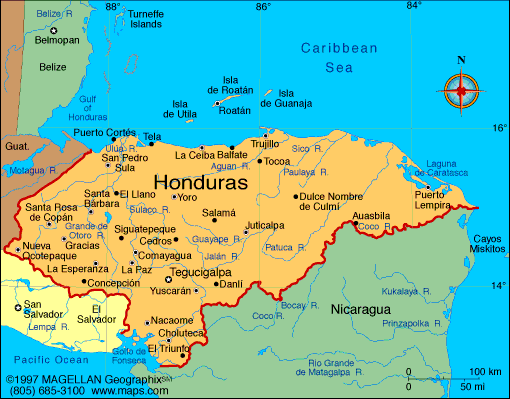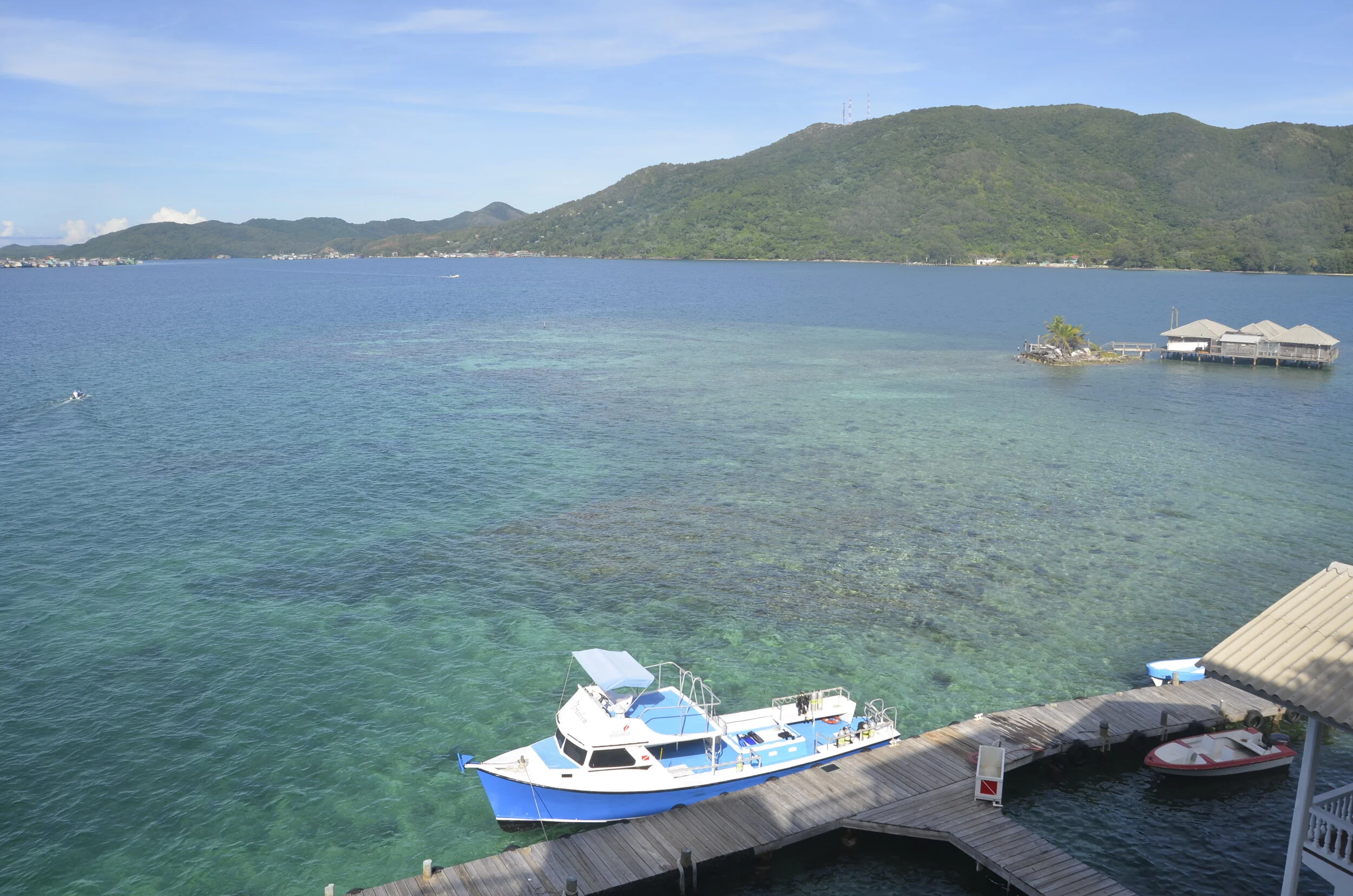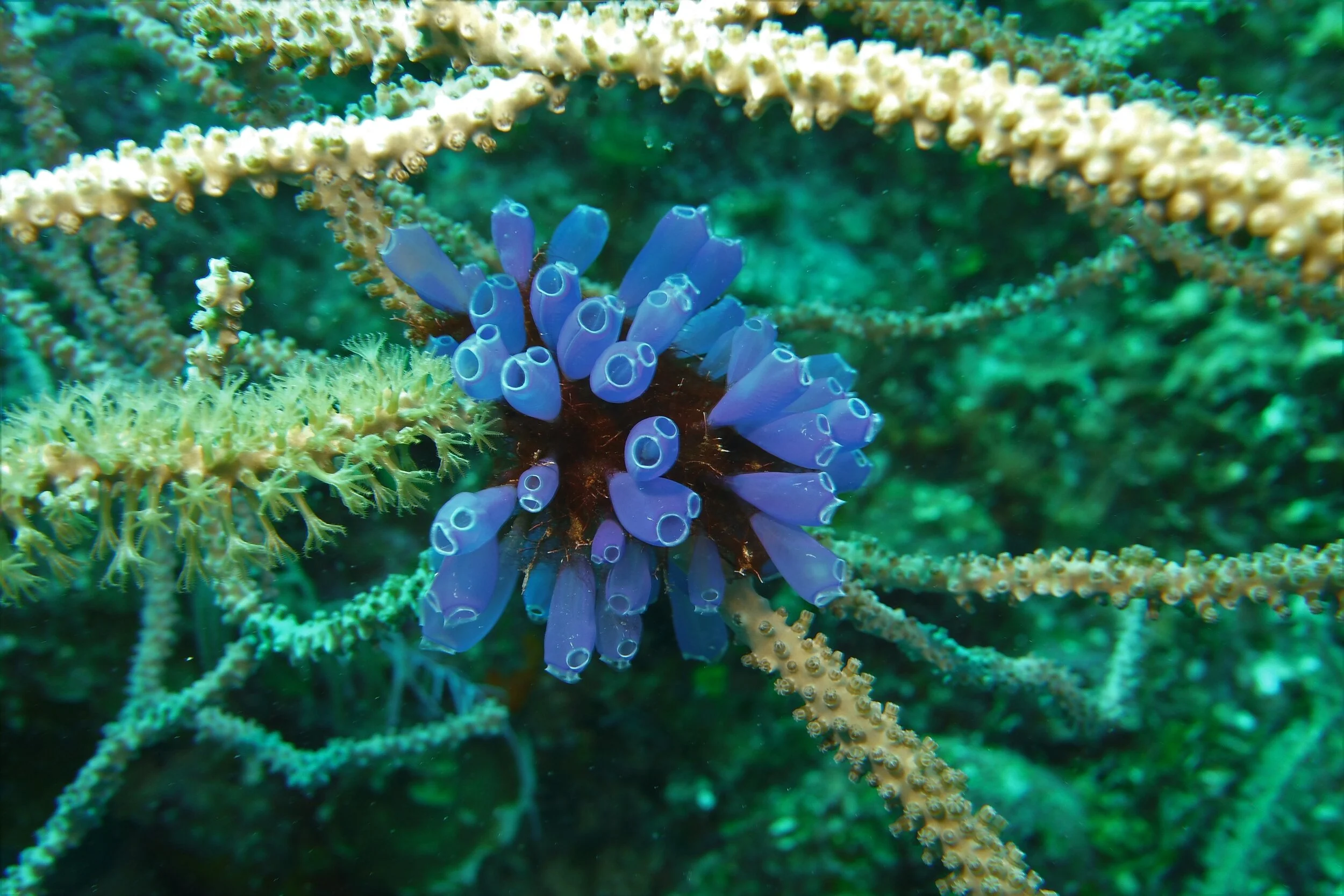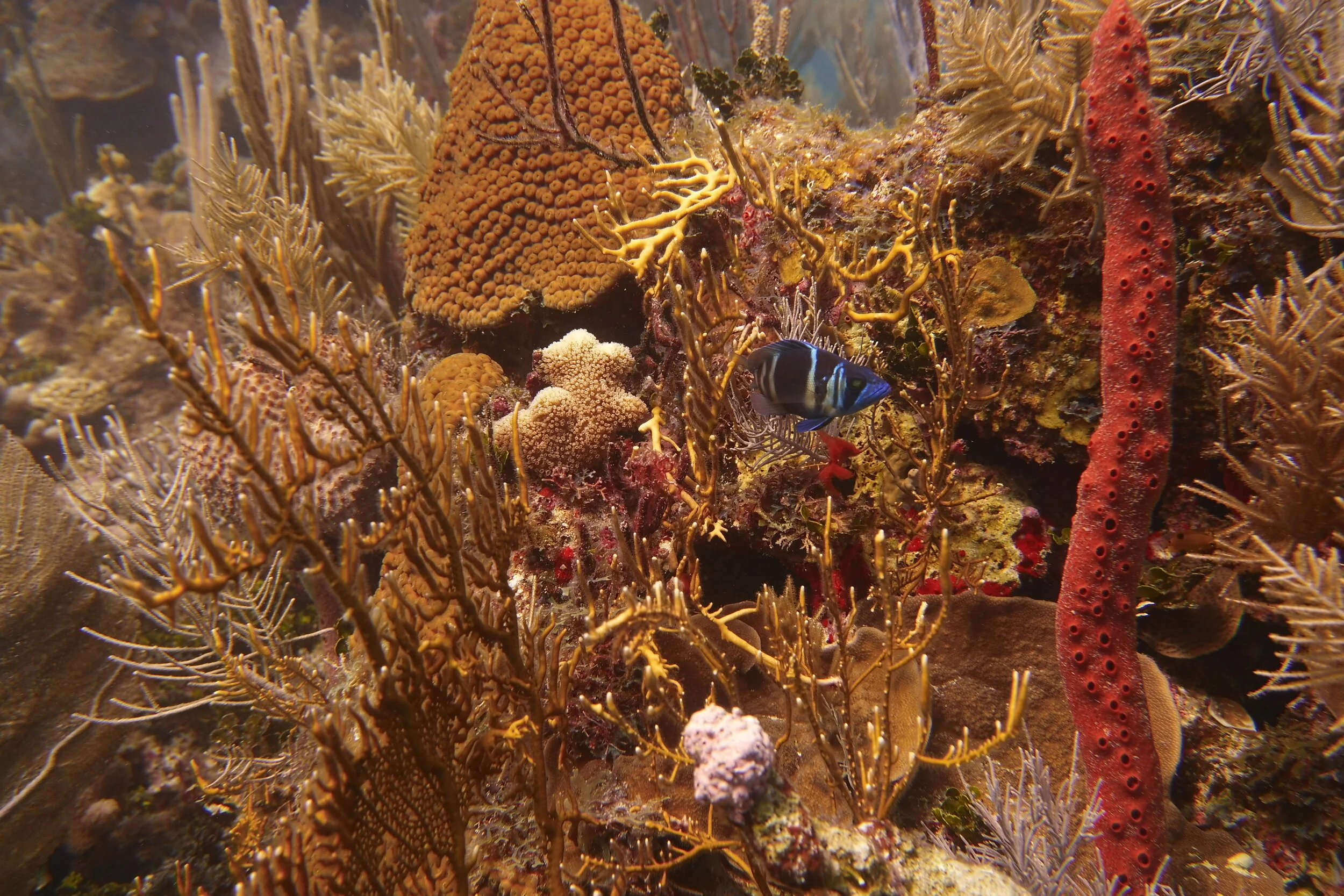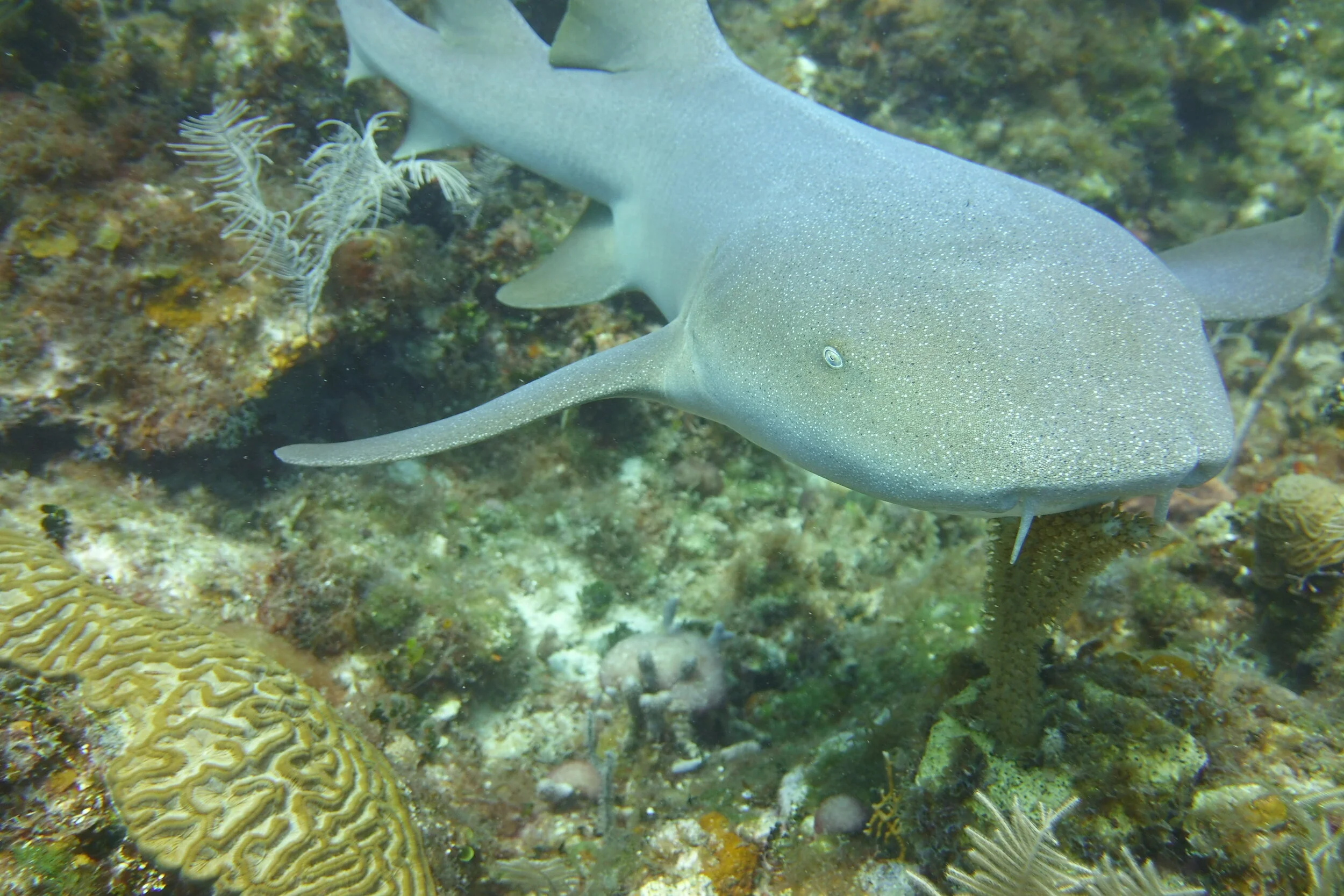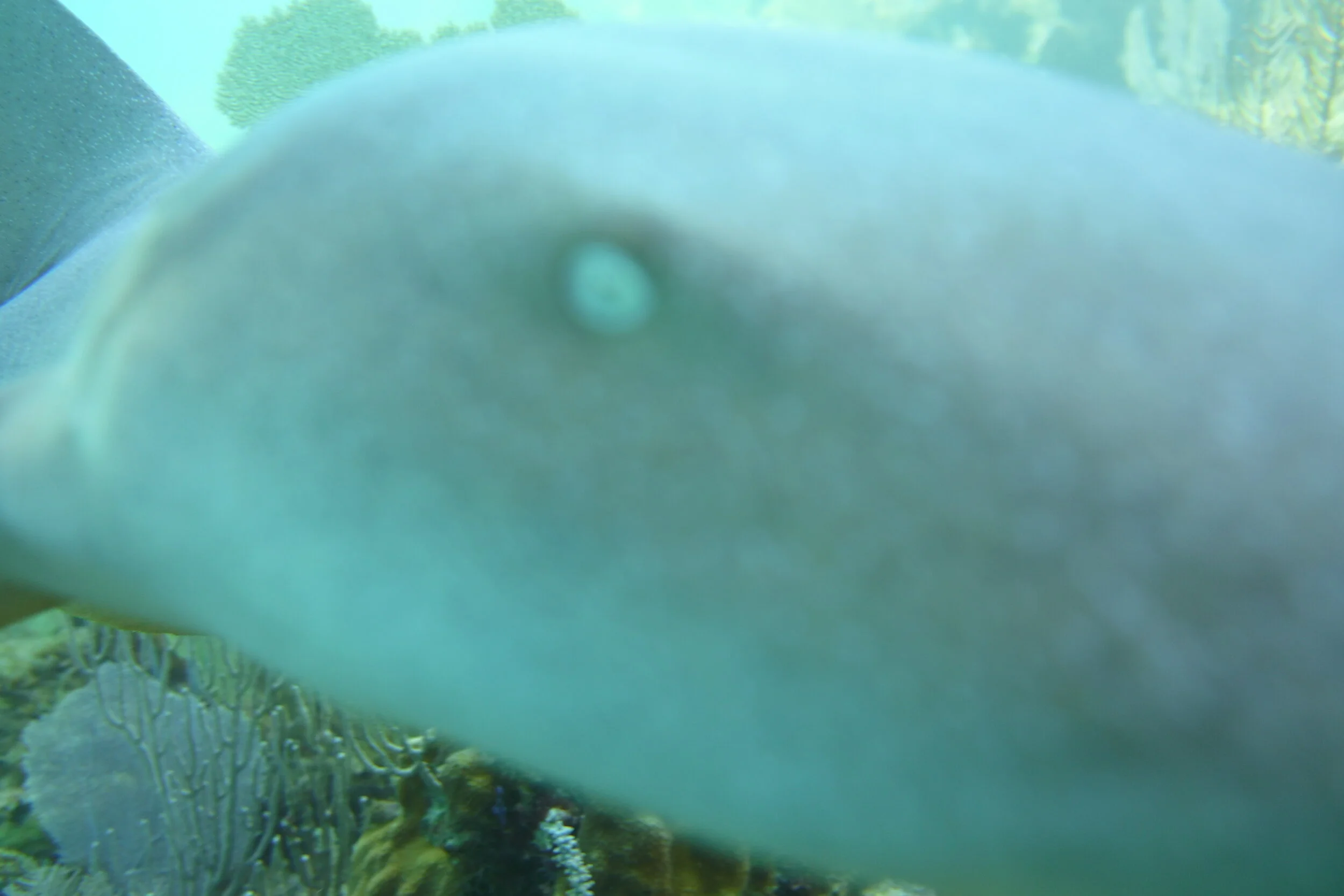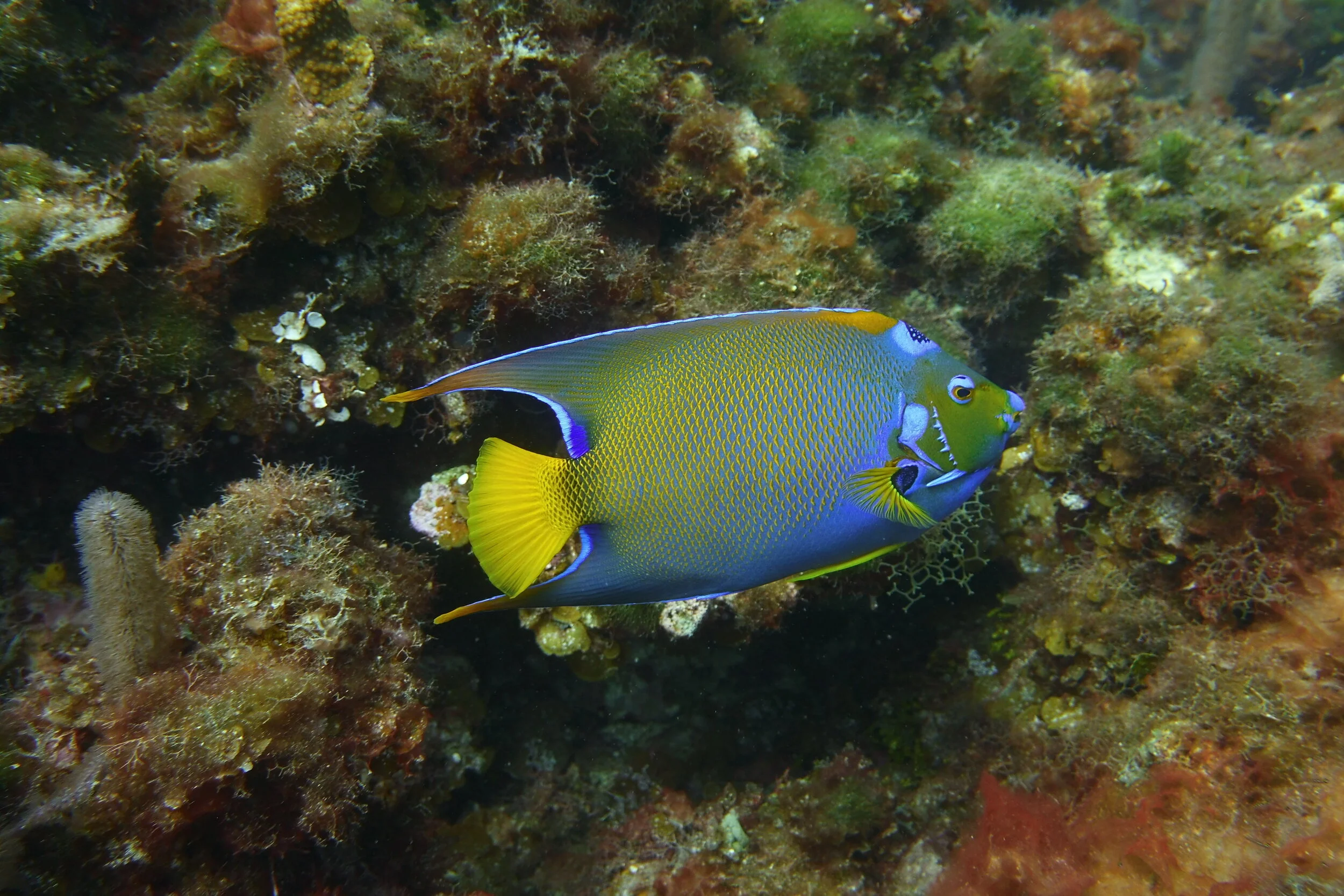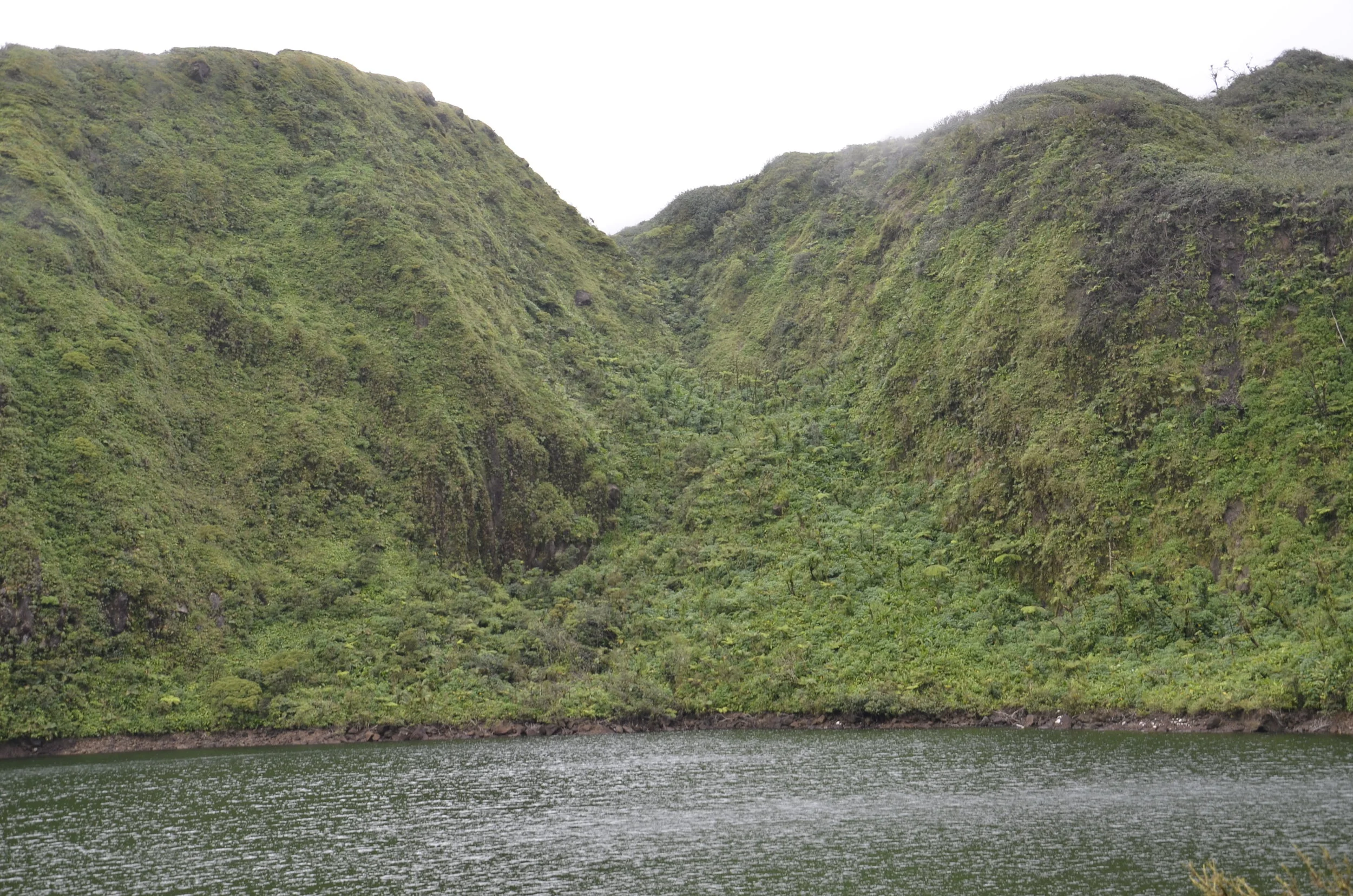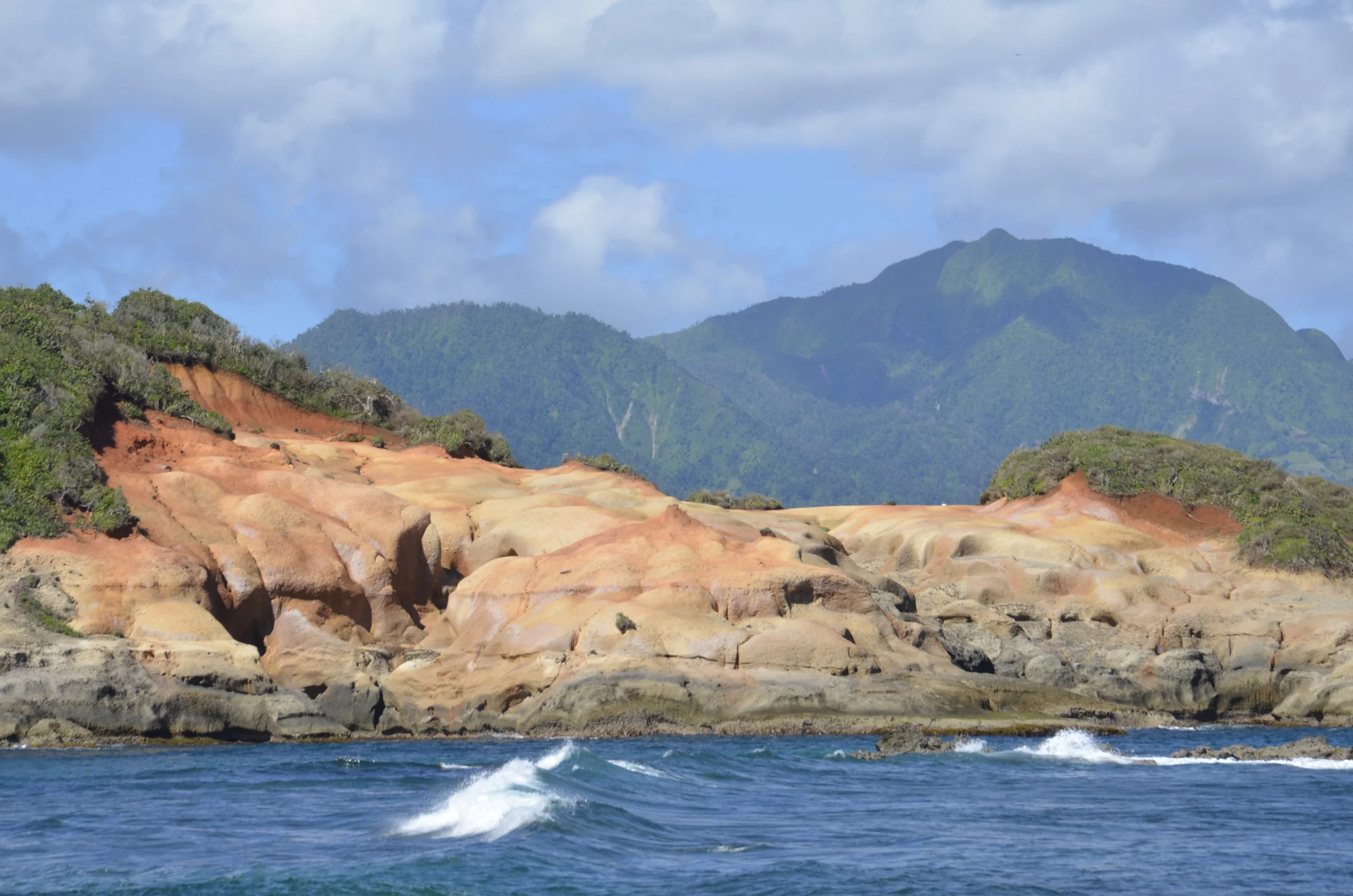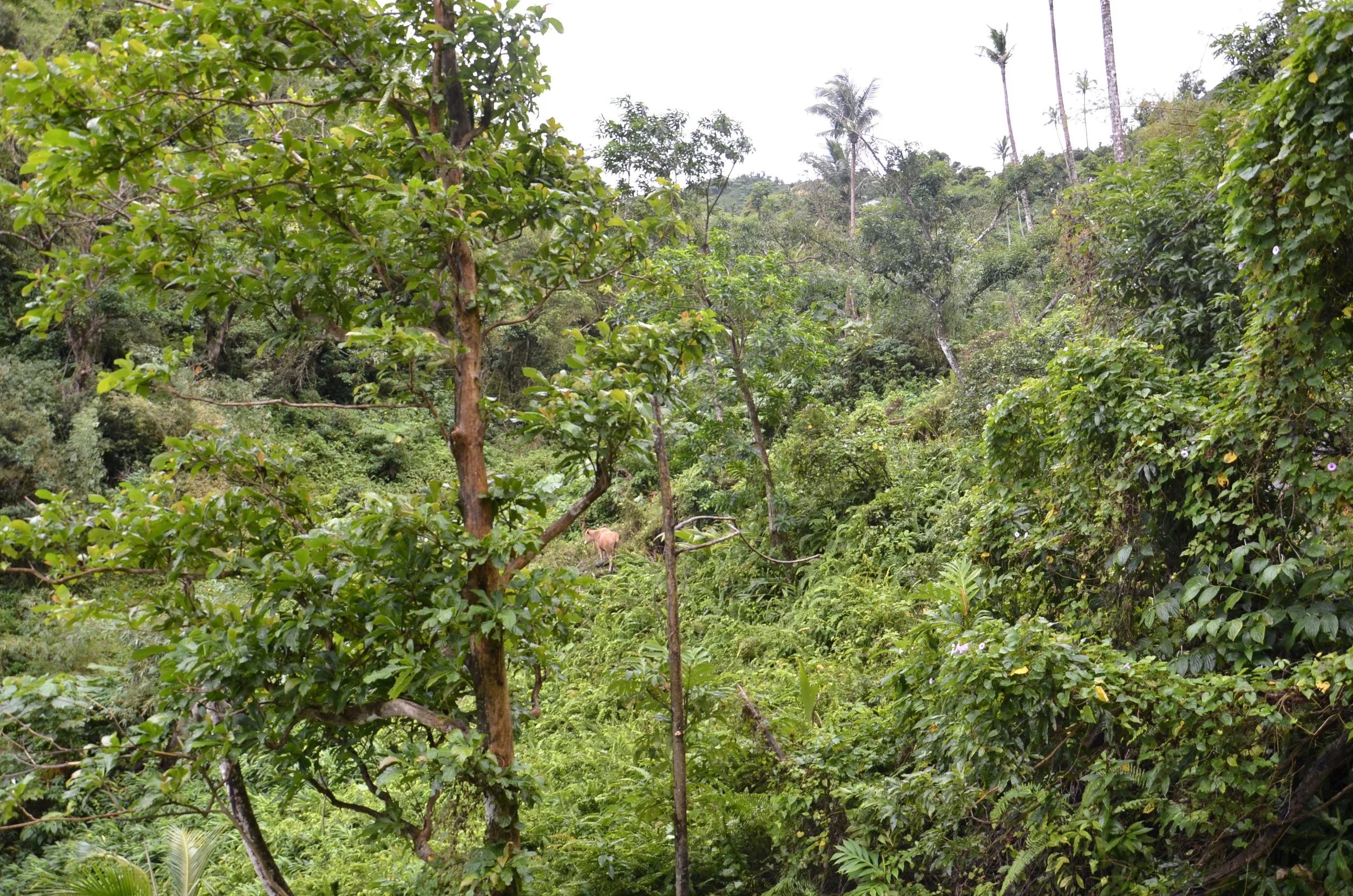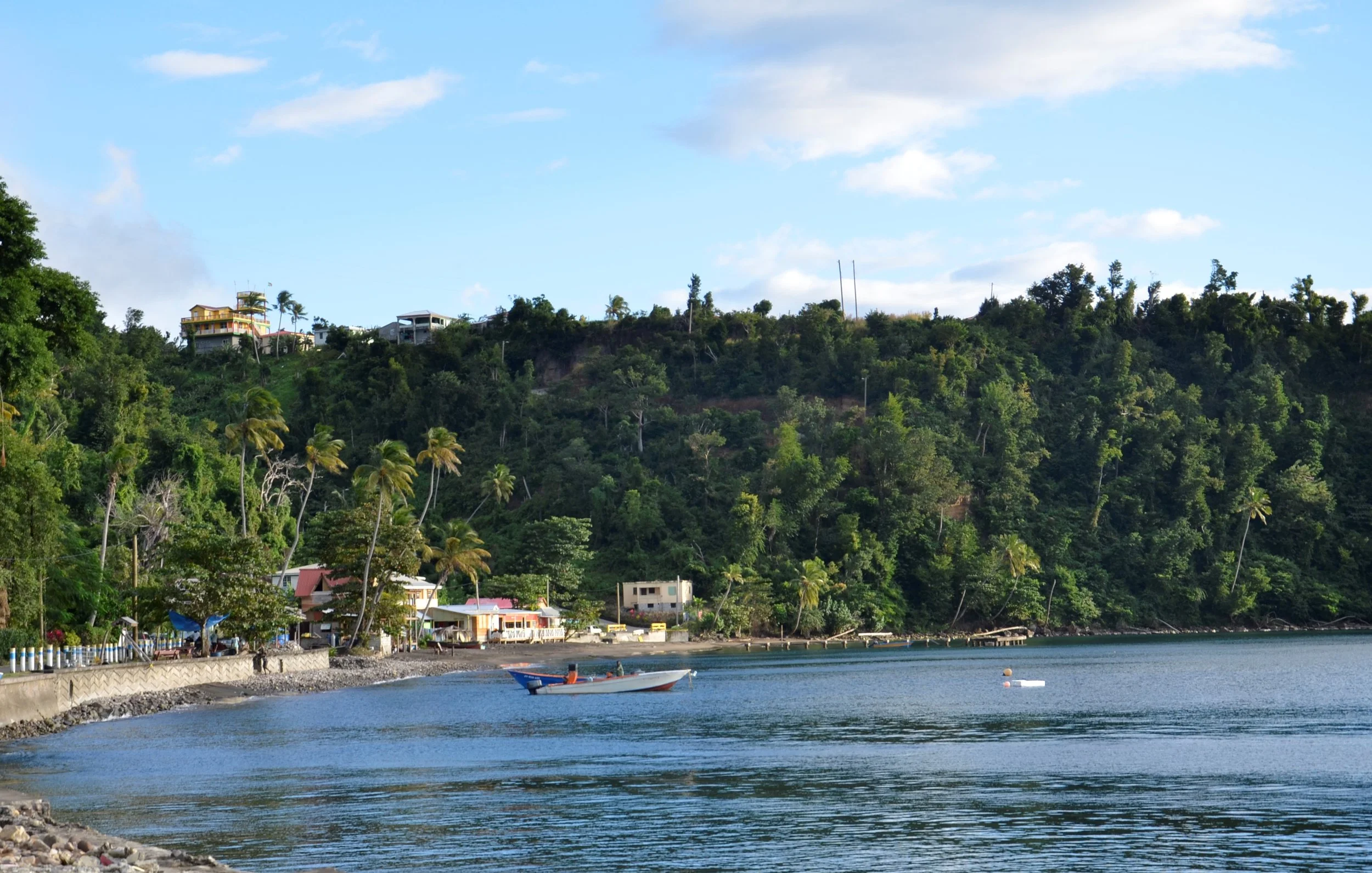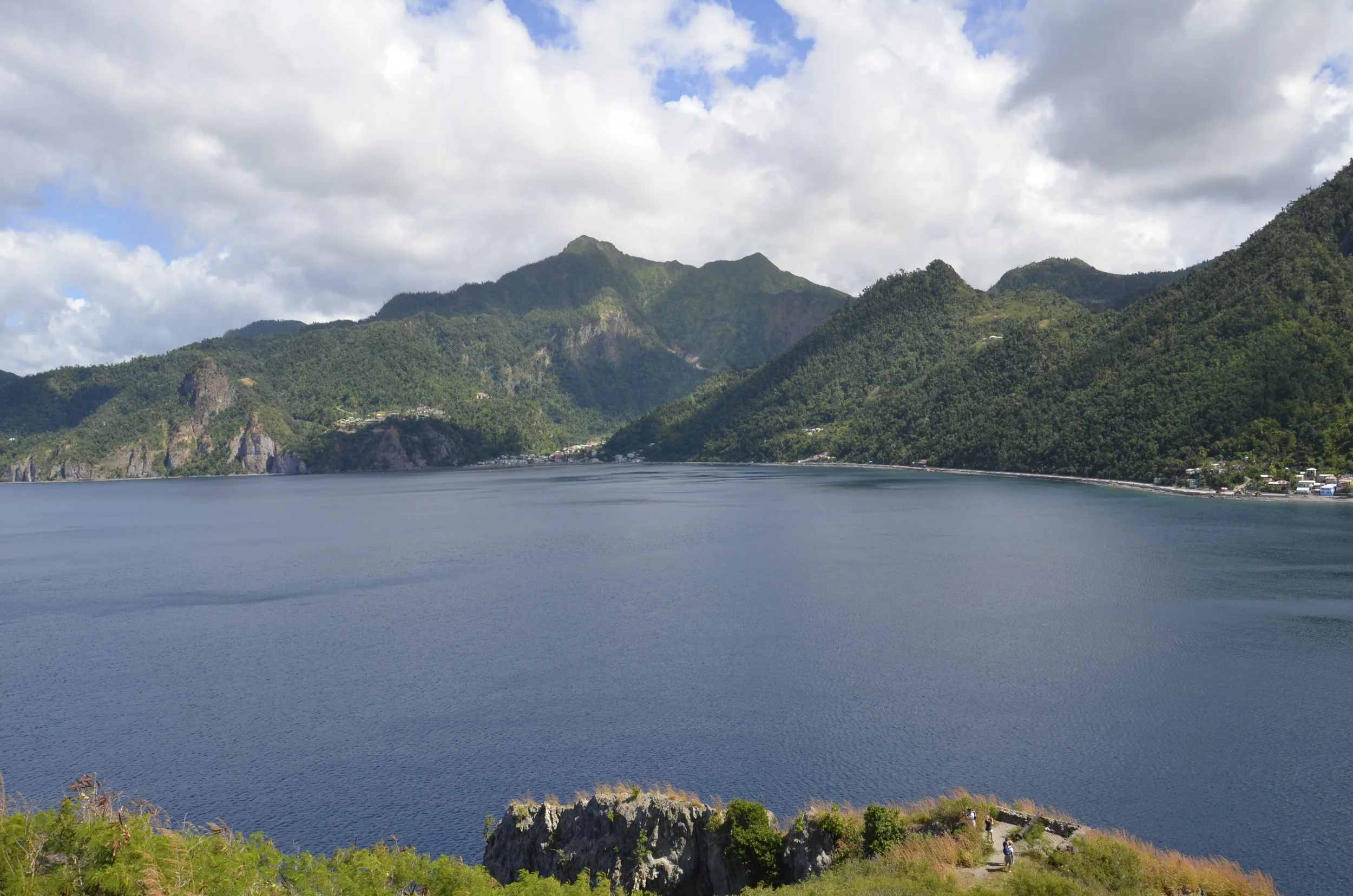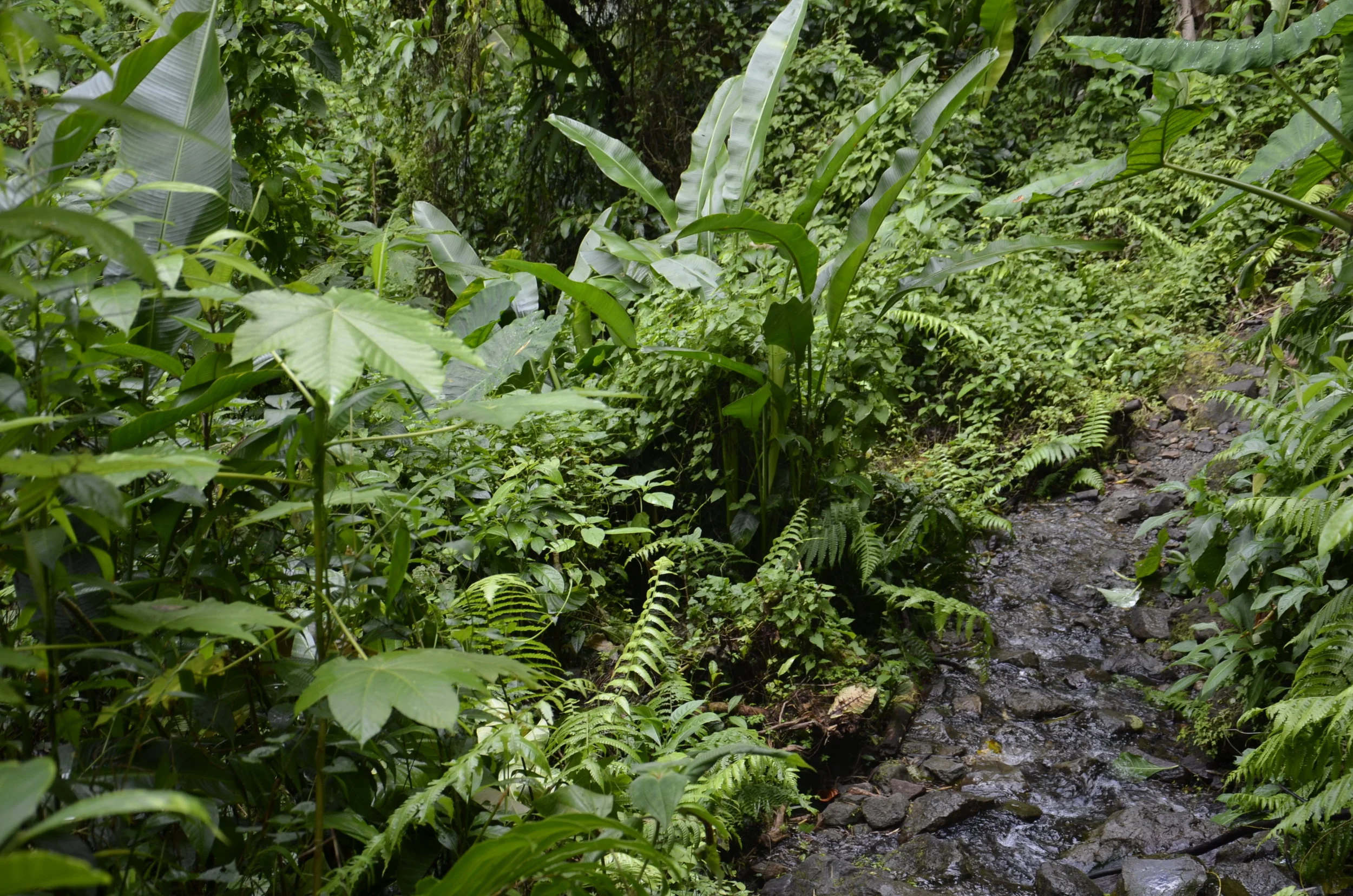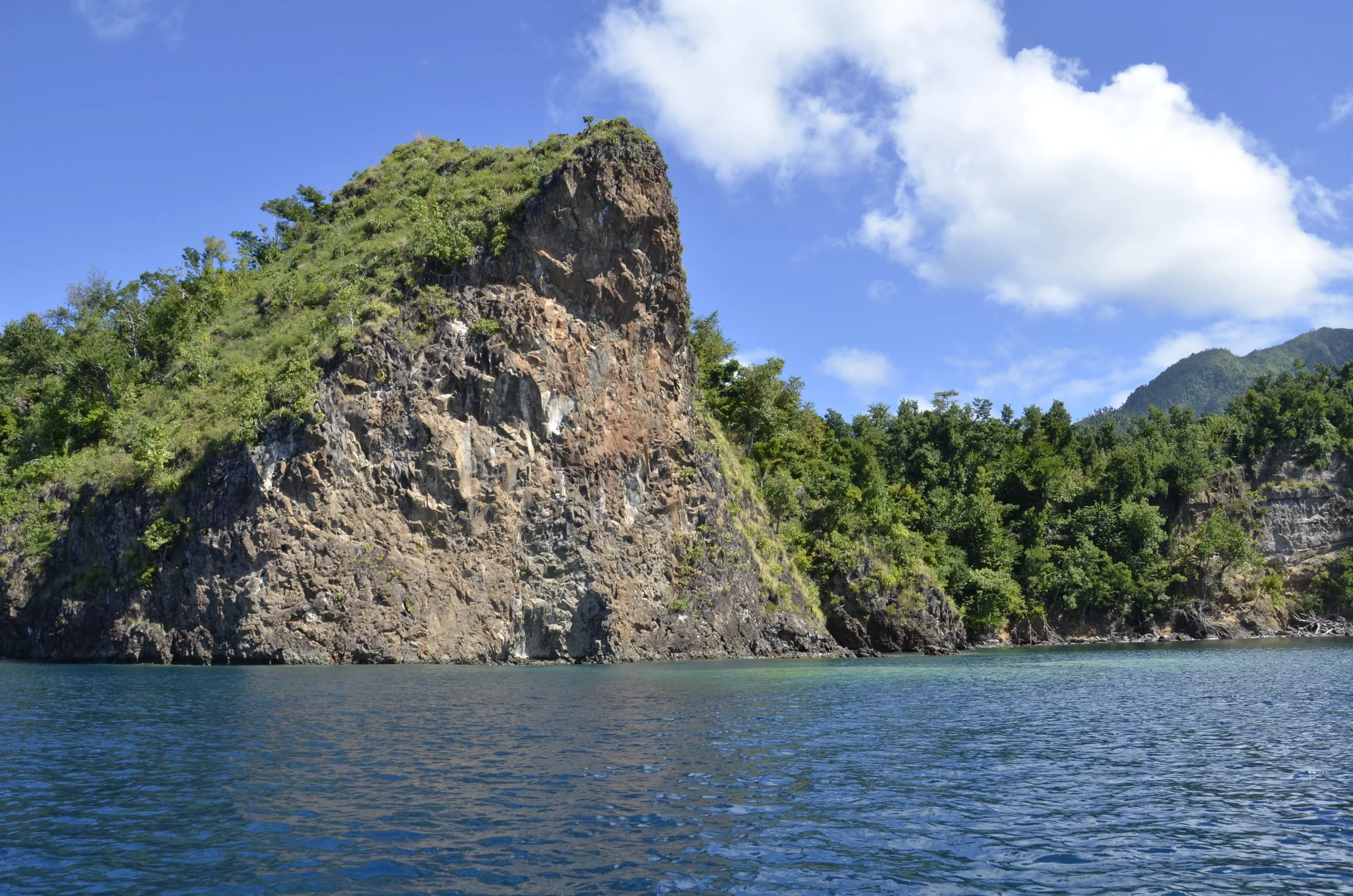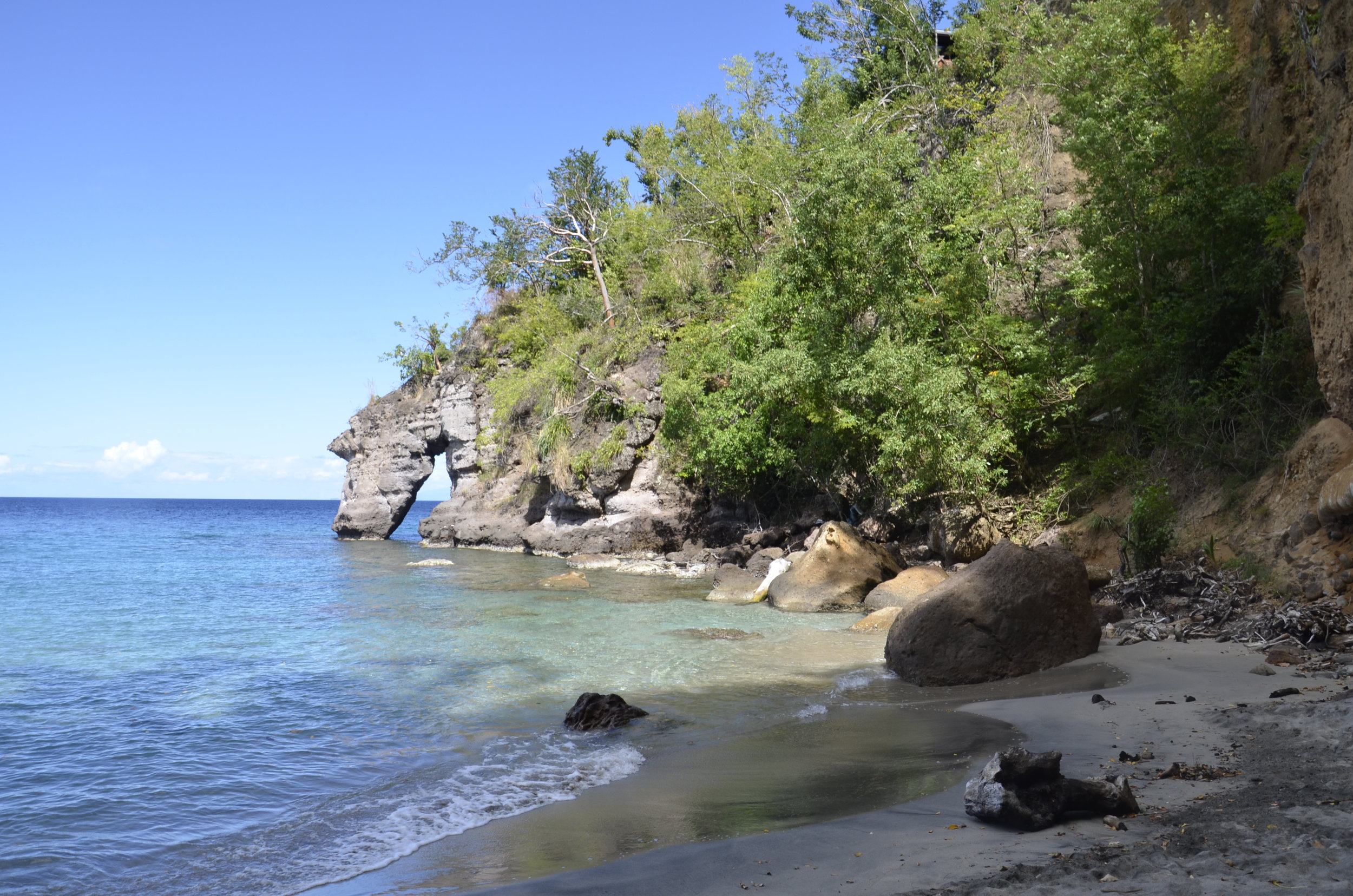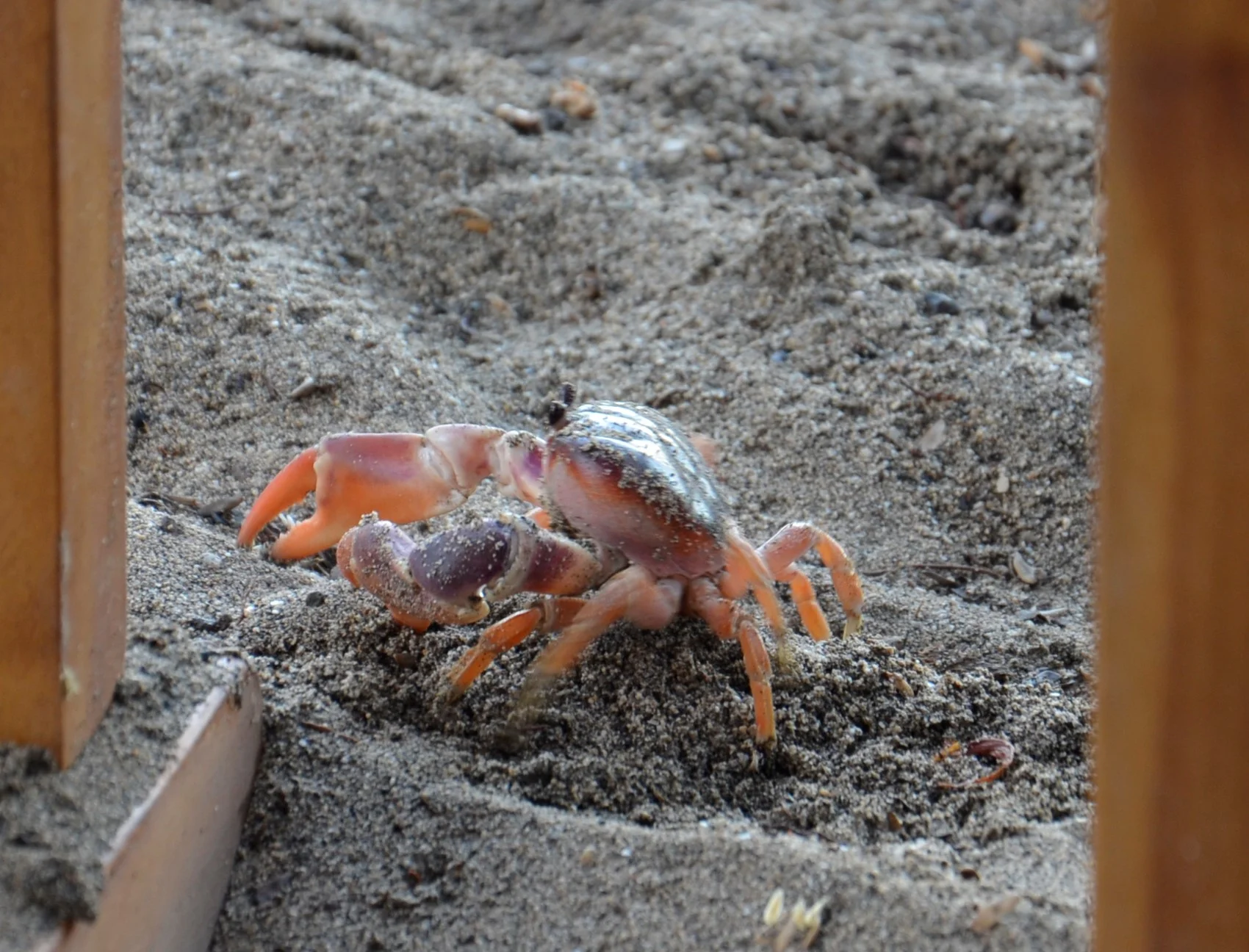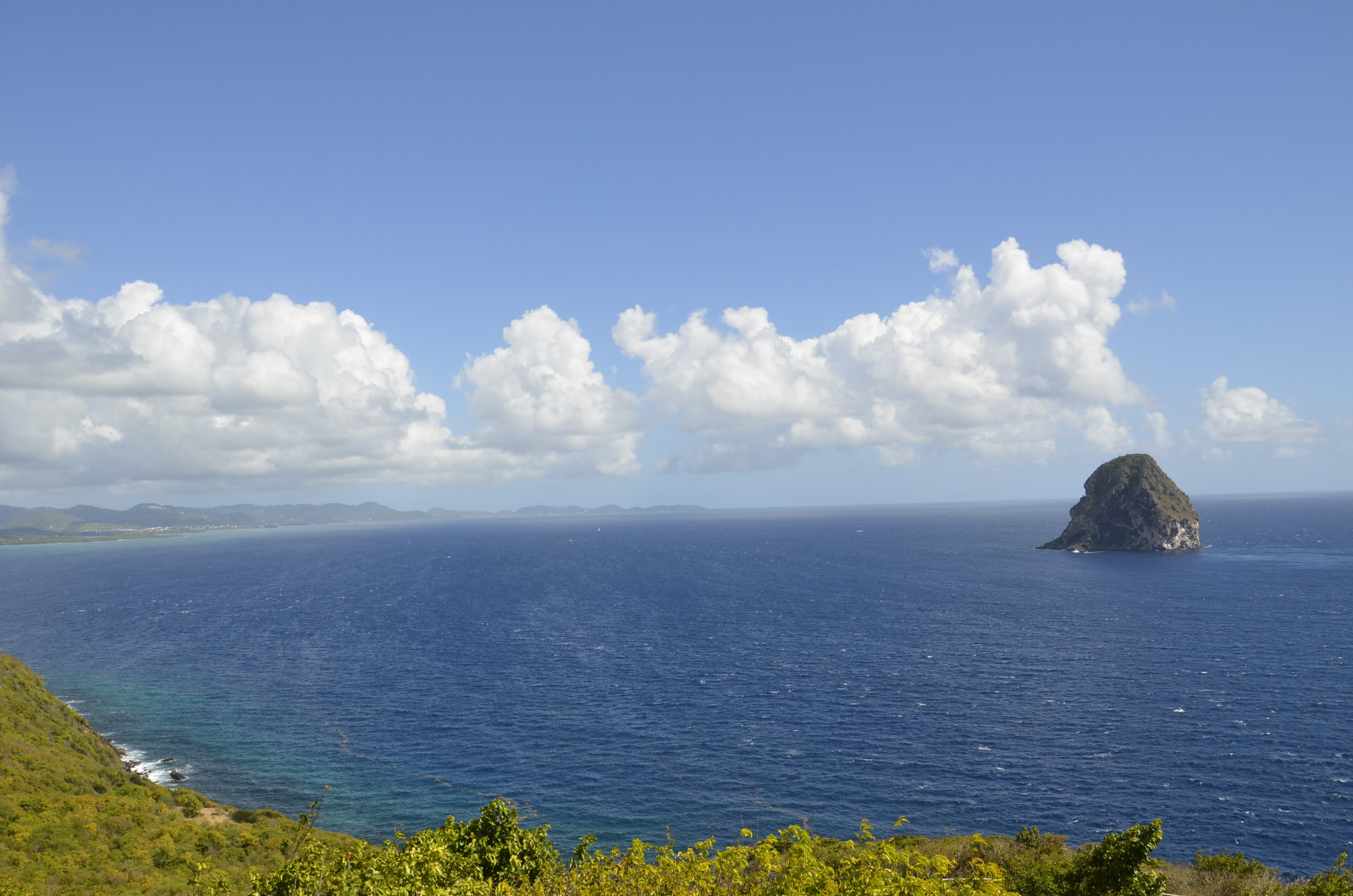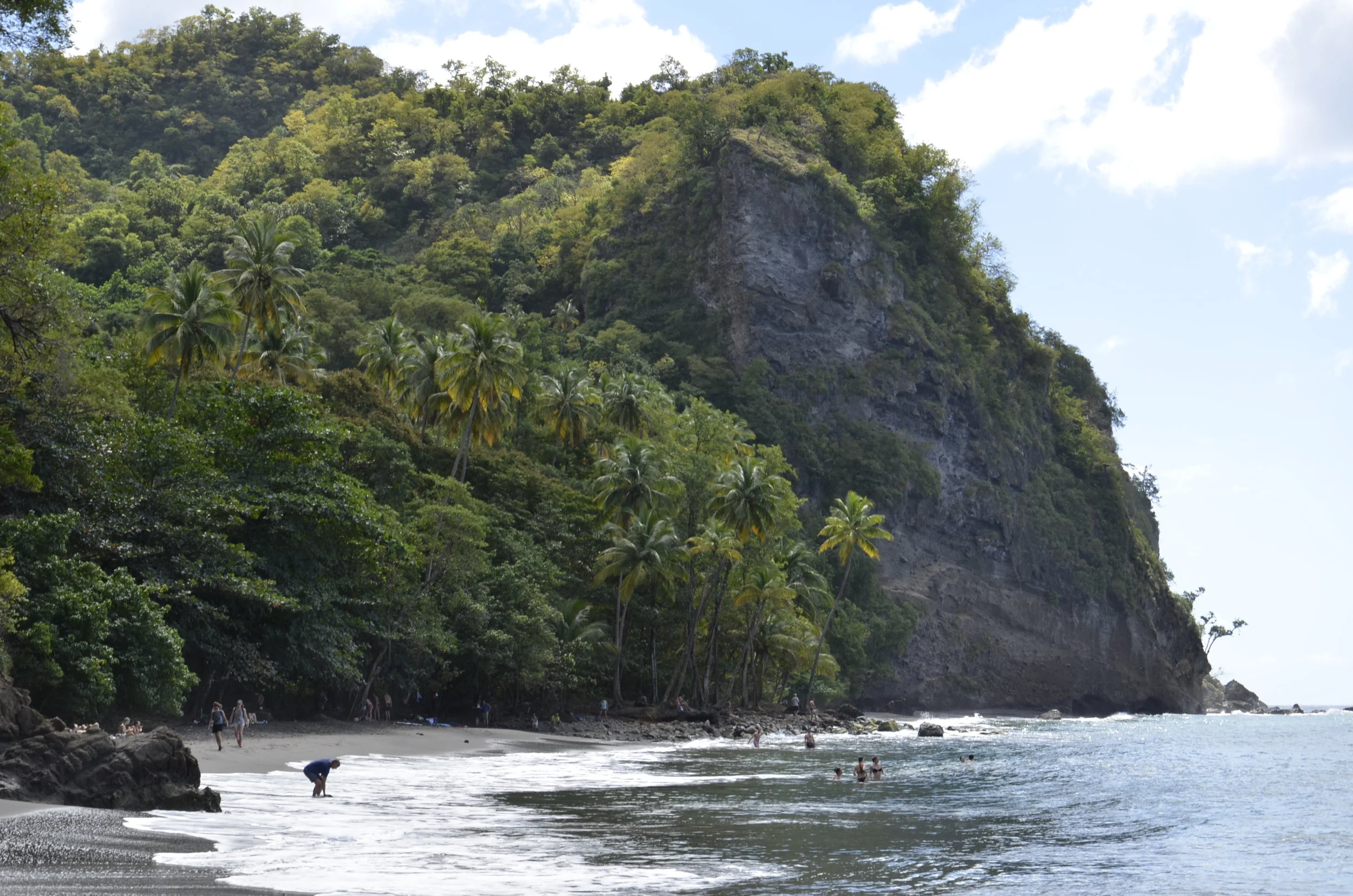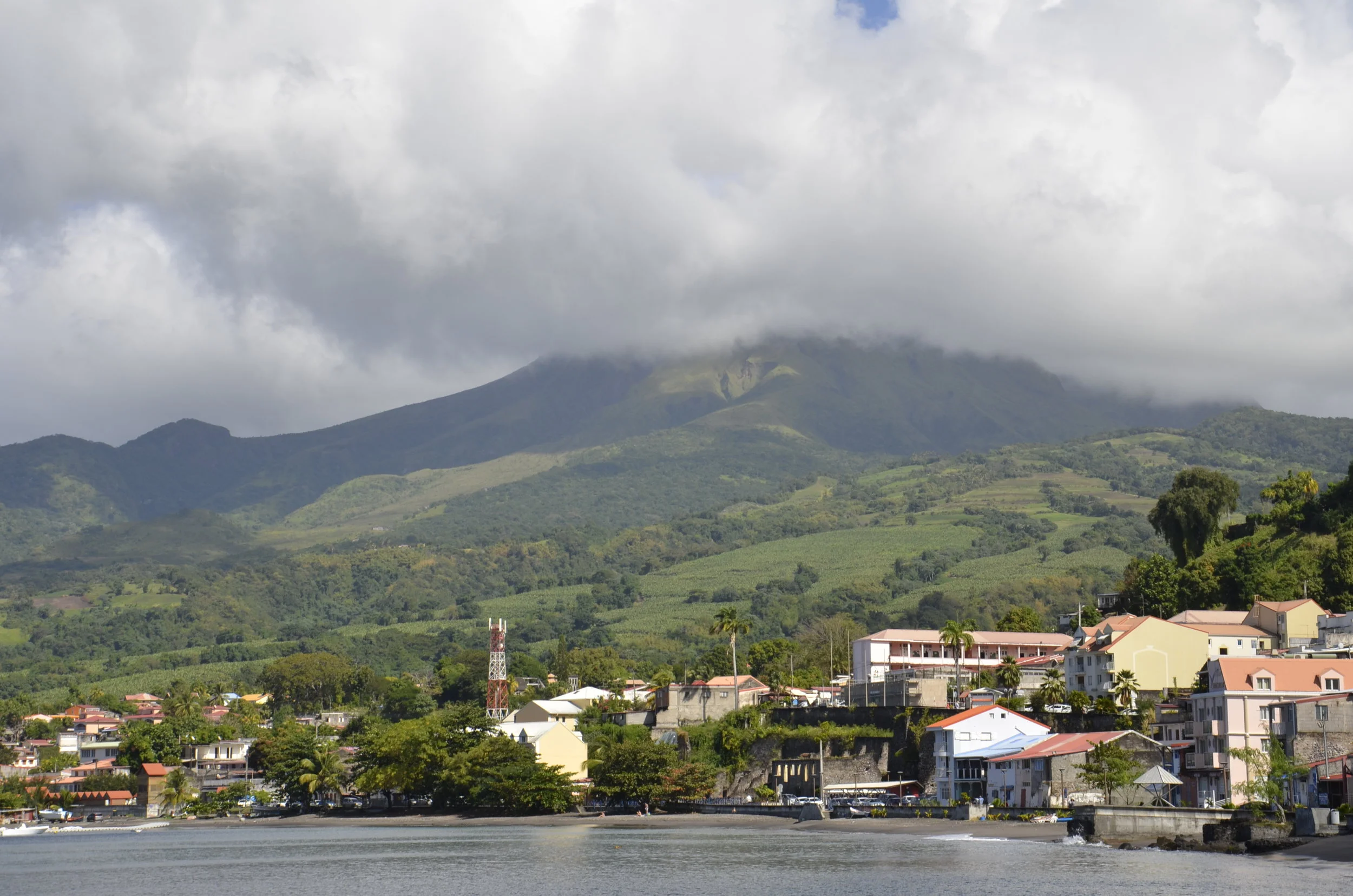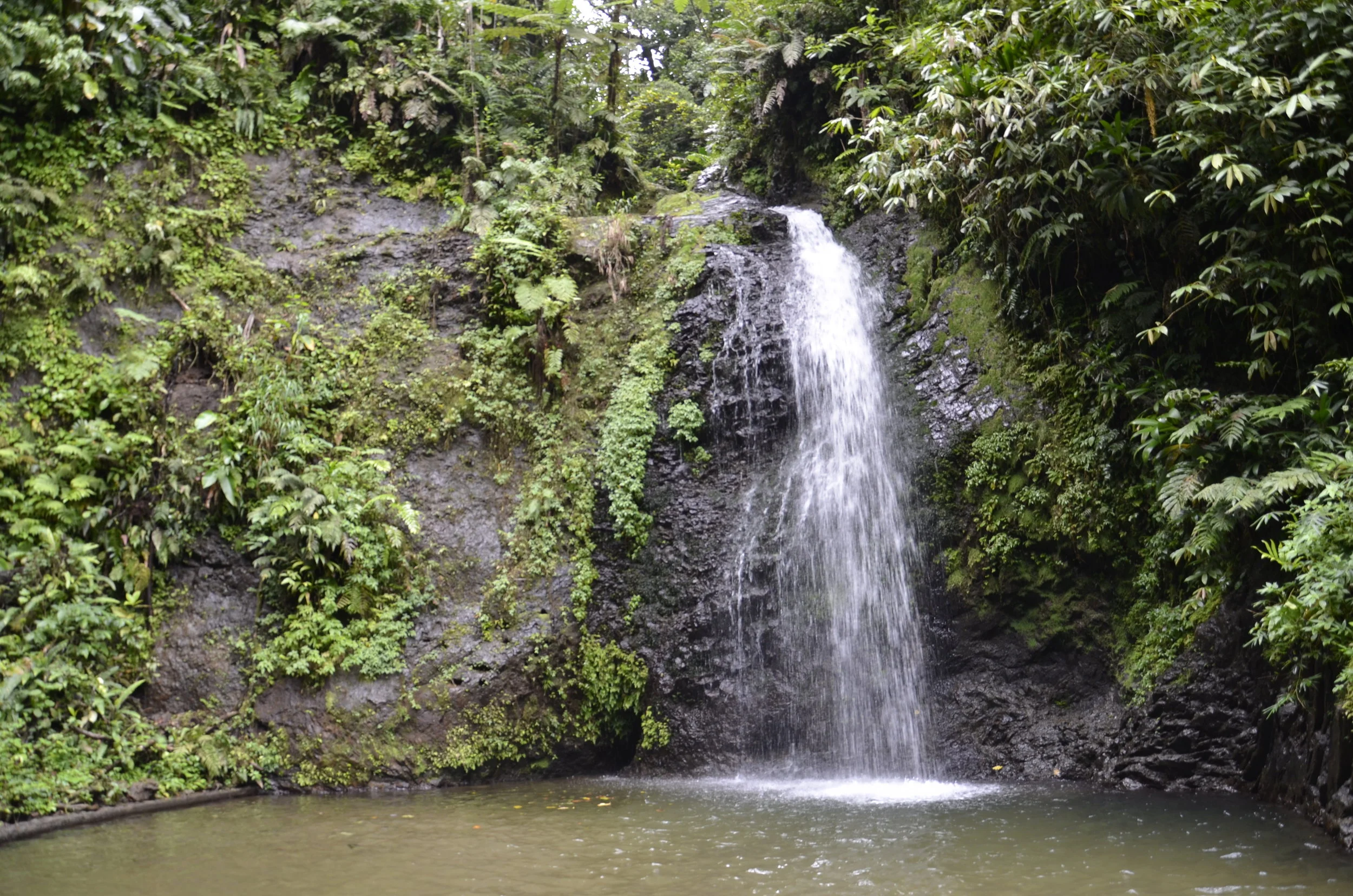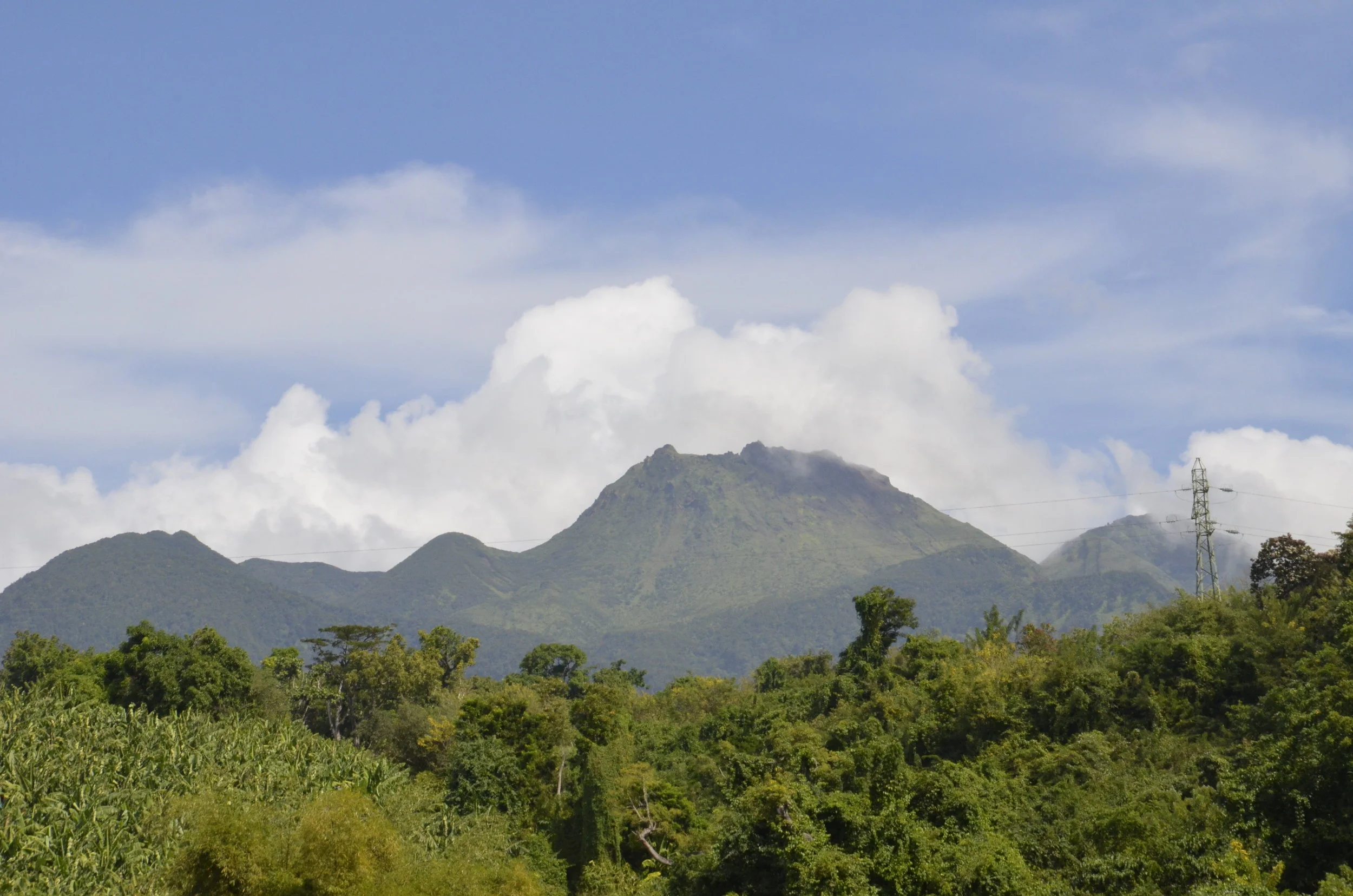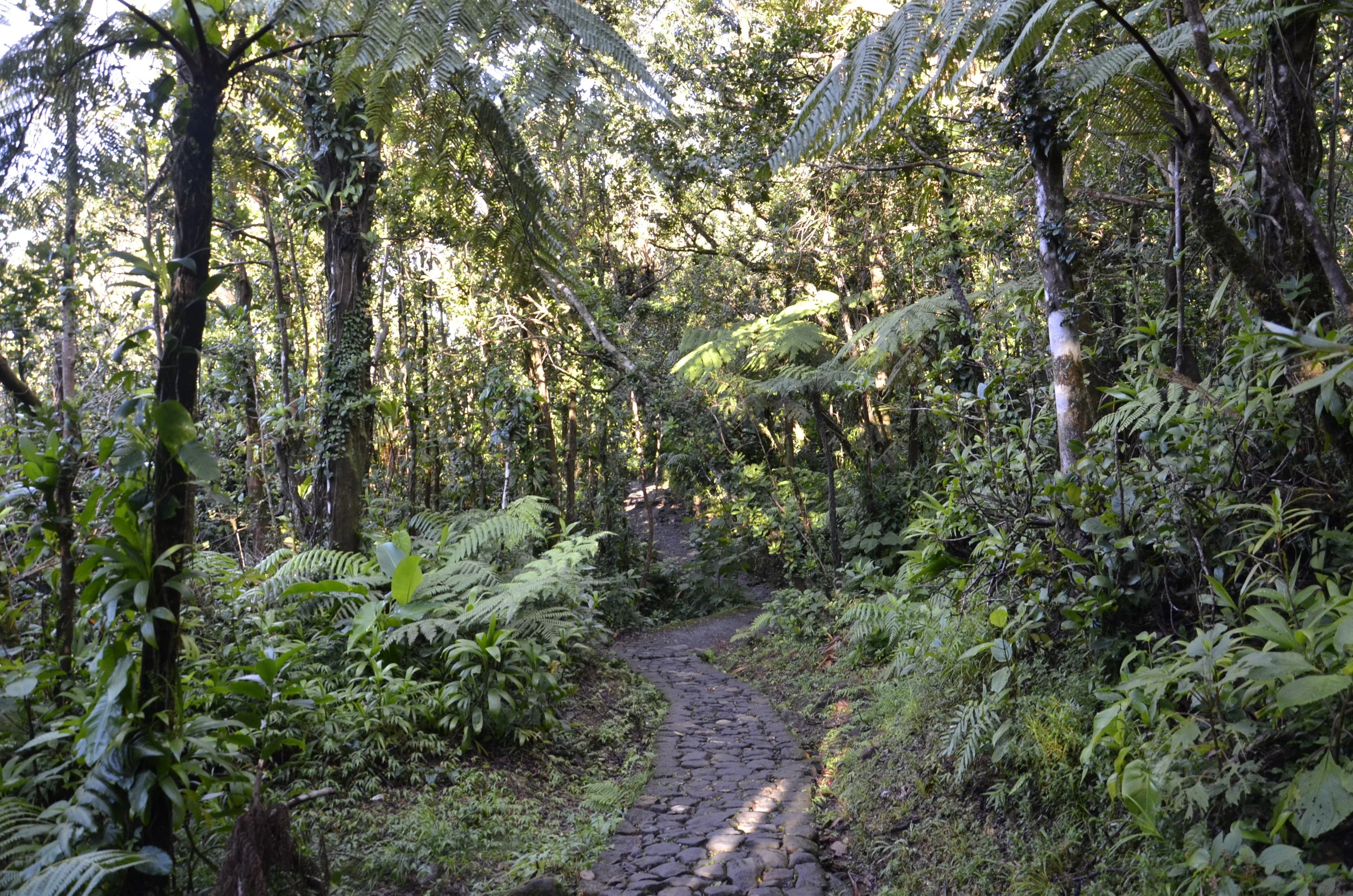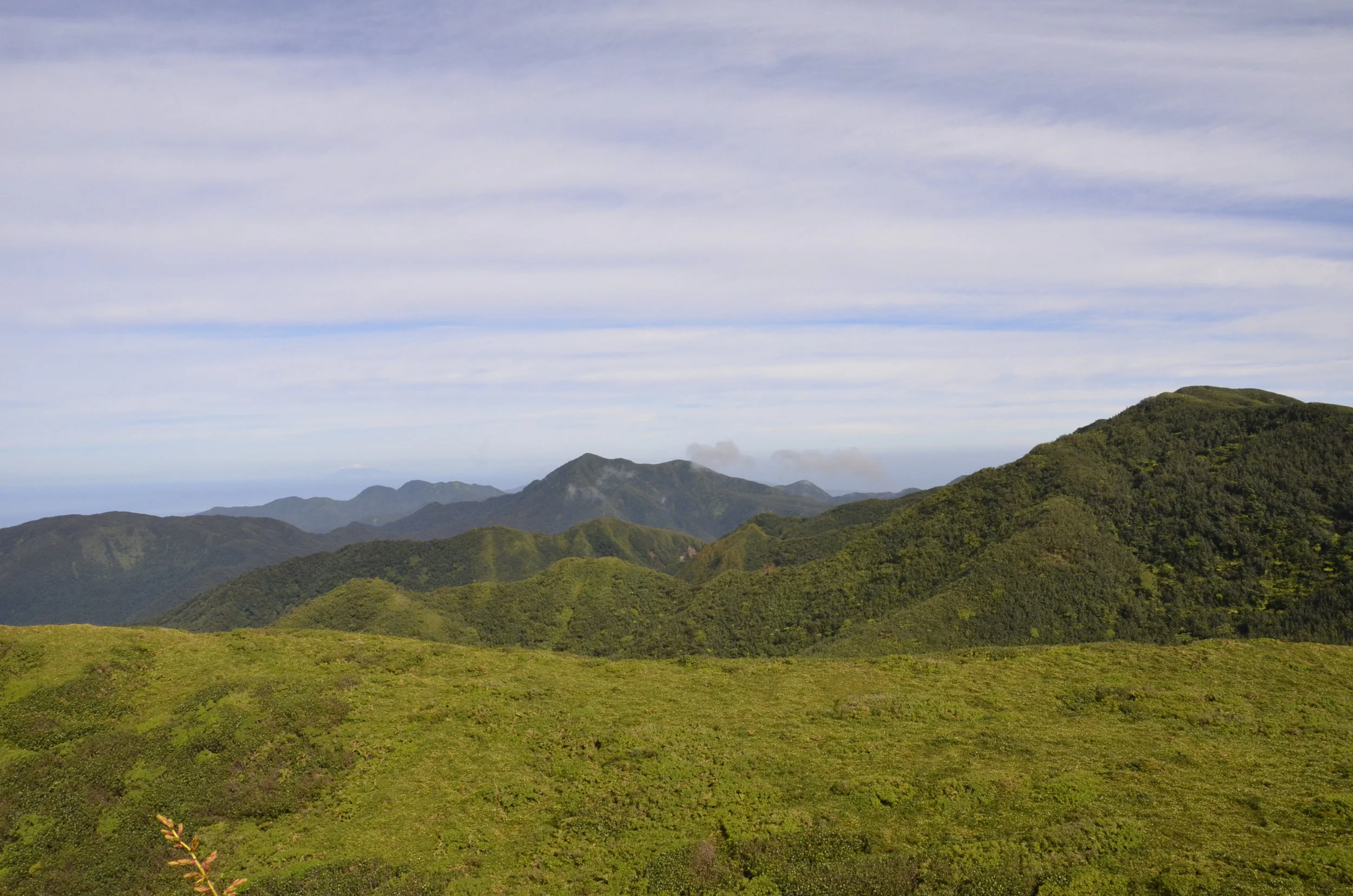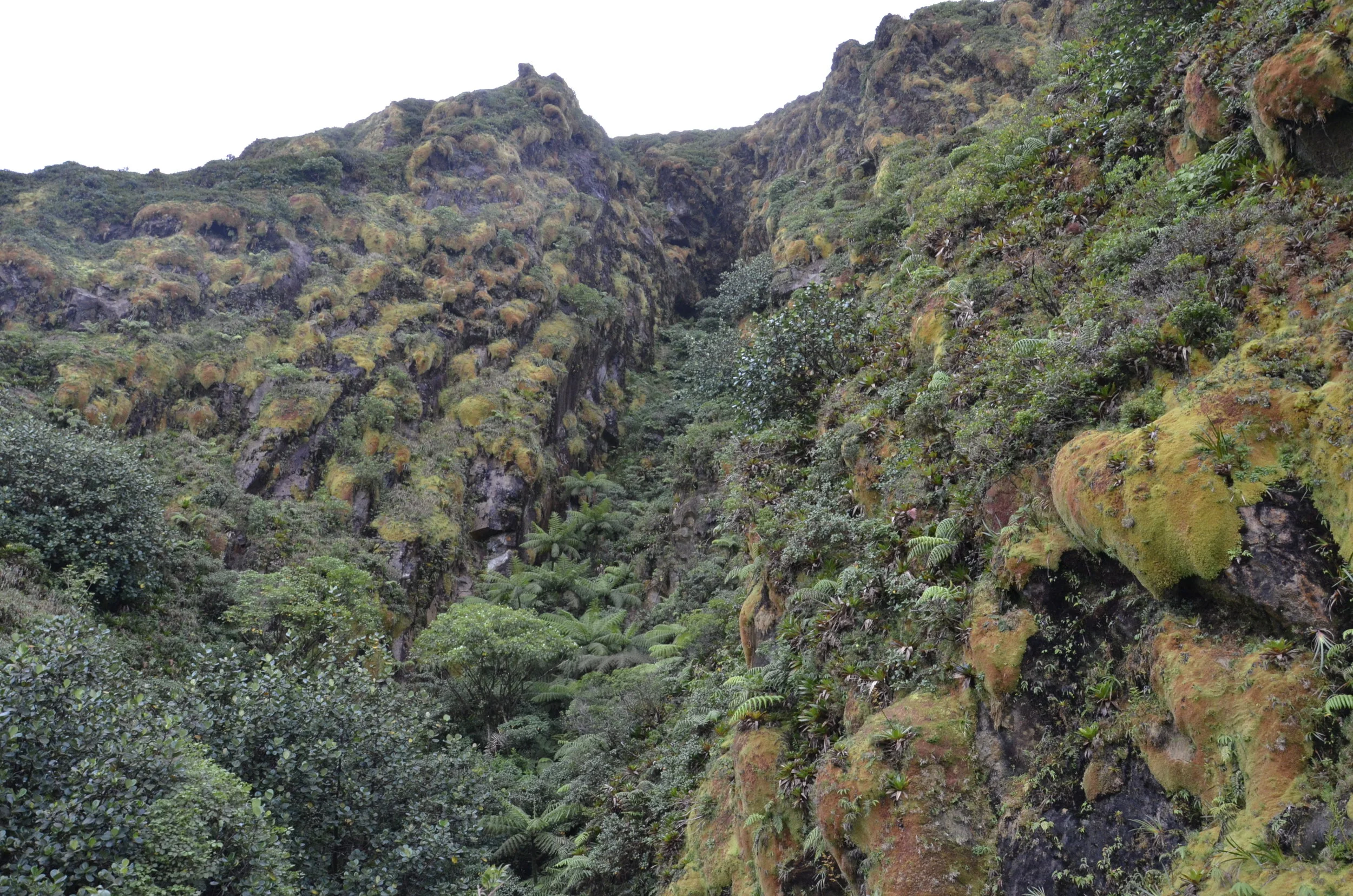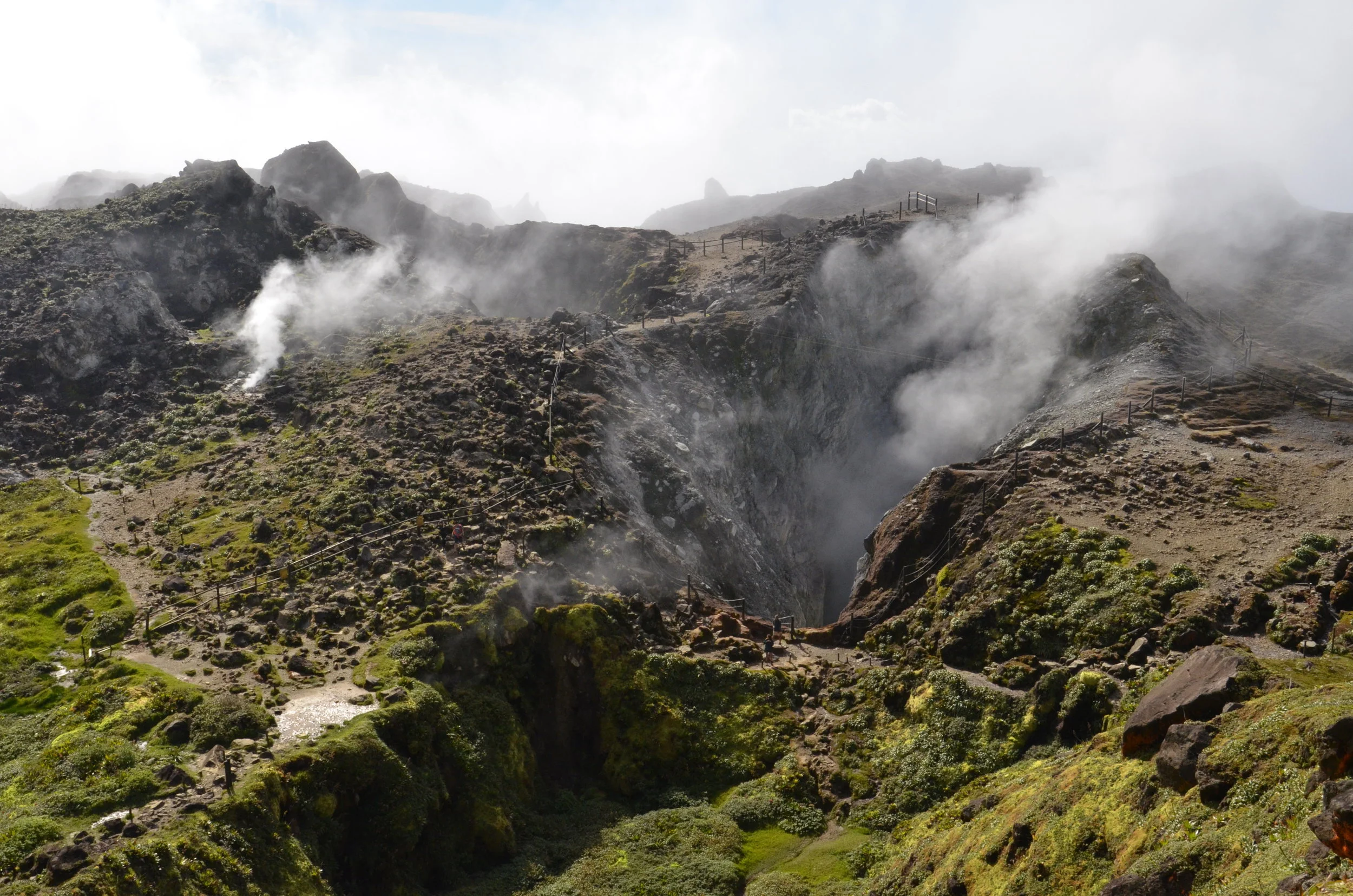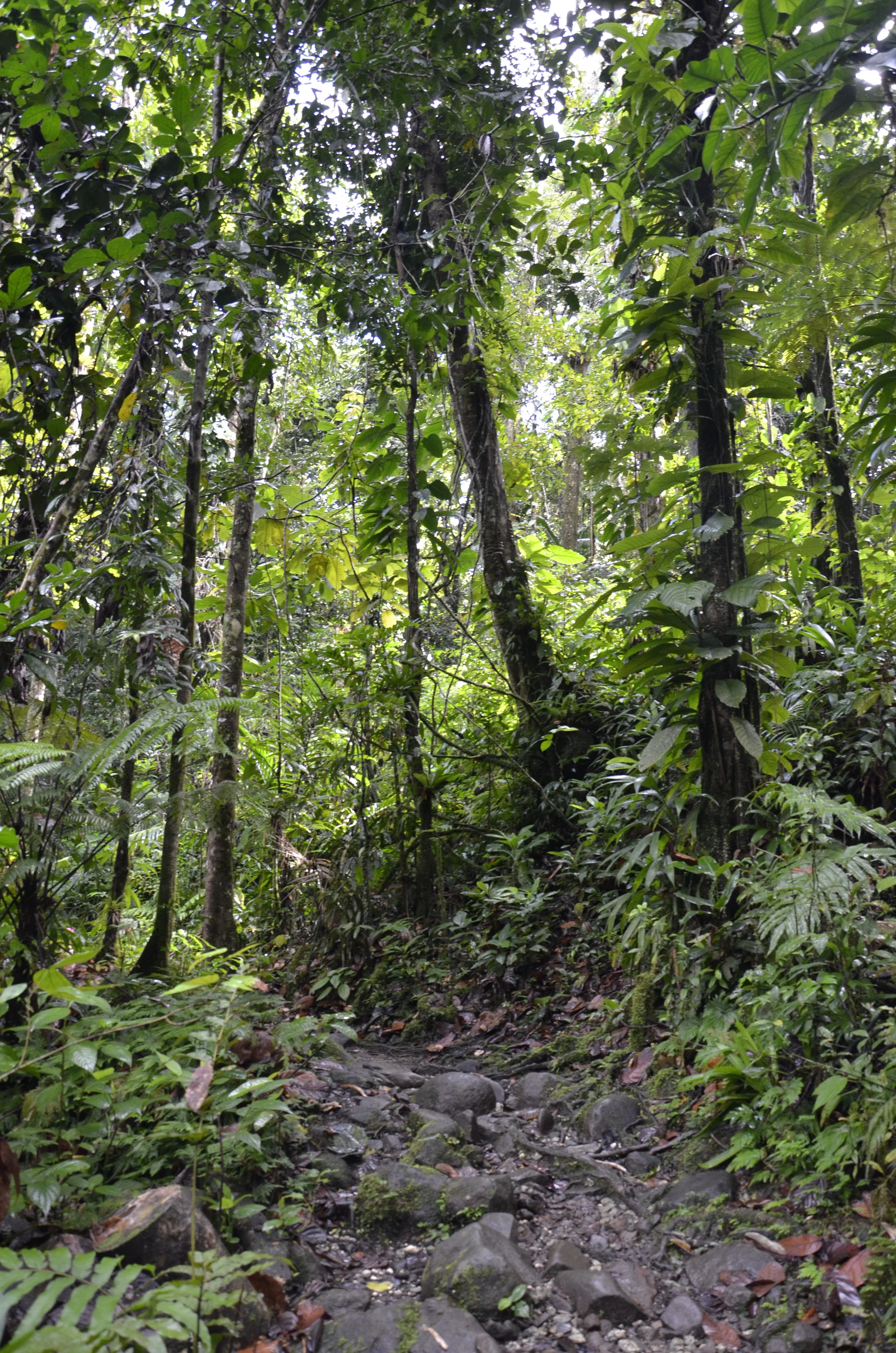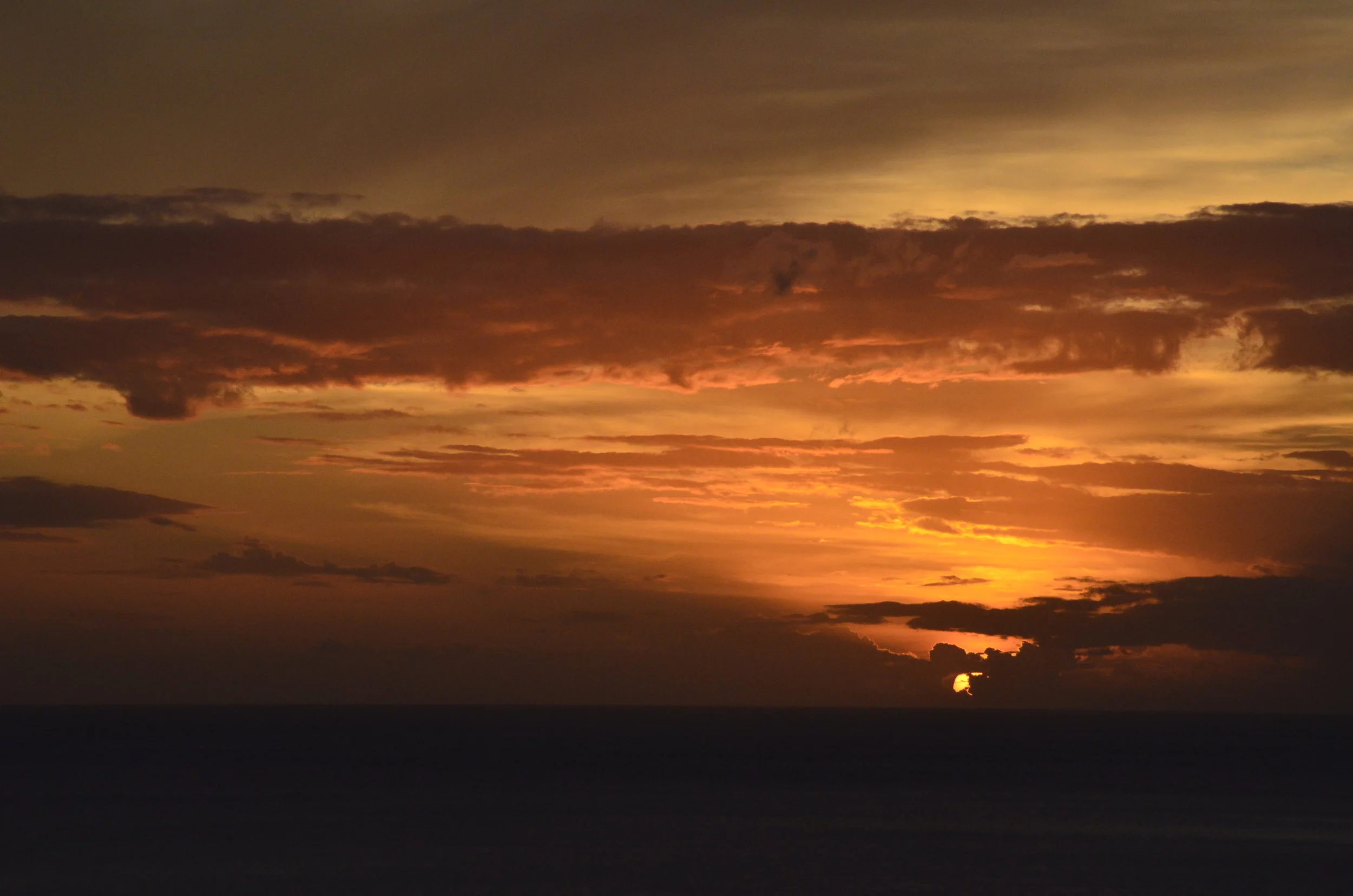Diving in Honduras
Going to Honduras was similar to Alaska, in that we had to get tested for COVID within 72 hrs of landing. At least this time, we didn’t have to drive to Alabama for testing! With our negative tests in hand, we booked our lodgings and headed to the airport to fly into Roatan, which is an island off the northern coast of Honduras. I had checked before we settled on this destination, about their hurricane history, and they average one about every 25 years. Hurricane Mitch hit in 1998, so we felt (relatively) safe in traveling there during hurricane season. ;)
We stayed just off the island of Guanaja (the little one east of Roatan and due north of the city of Trujillo on the mainland). Usually, I don’t include pictures or names of the places we stay, but I just couldn’t resist with this one because of its uniqueness.
The Villa on Dunbar Rock was built literally covering the rock that jutted out of the ocean.
To get there, we had to take a small plane from Roatan to Guanaja -
…and then the resort boat picked us up to get us to the Villa. We were the only ones staying there for the whole week. Talk about private diving!
I’ll try to limit the underwater pictures, figuring that for all you non-divers, you’re probably thinking - “yay, another fish”.
Tunicates are actually animals that siphon water in through the larger opening on top, filter out their food, and expel the water out the side opening. These Bluebell tunicates make for a pretty grouping:
This was the biggest Arrow Crab we’d ever seen! It was the size of a tarantula (would cover my palm). Usually they’re the size of a silver dollar -
Can you see his eyes and mouth?
I liked this composition:
On two dives, we had a persistent friend:
This was a 6 ft nurse shark that had obviously been fed by divers in the past. Even without seeing any divers for the past 6 months, he associated our presence with food, and became down right bothersome.
We were not scared of him at all, because his mouth is so small that you’d have to literally stick your hand in it to be hurt by him. But his persistence in swimming right by, around and underneath us was unnerving at times. It was like having an untrained Great Dane following at your heels or ducking between your legs.
This Queen Angelfish gave me a classic fish-ID-book pose.
The shot of which I’m most proud was capturing this marble-sized juvenile Smooth Trunkfish (very rare to see) -
…which transforms into this foot-long adult:
I like to end with a sunset picture, but our room faced east, so you’ll have to settle for sunrise -
